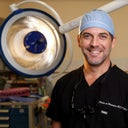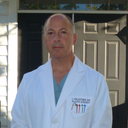Can i expect to have symmetrical breasts following a single mastectomy/reconstruction? How is symmetry achieved?
Answers (8)
From board-certified doctors and trusted medical professionals
More Breast Reconstruction Questions
See all Breast Reconstruction Q&AWE SEND PRETTY
EMAILS
What’s trending? Who’s turning heads? Which TikTok myths need busting? We’ve got you. No fluff, no gatekeeping—just real talk. Get our free, unfiltered newsletter.



